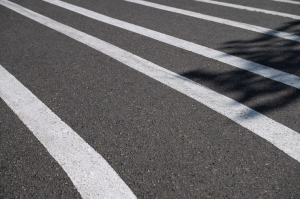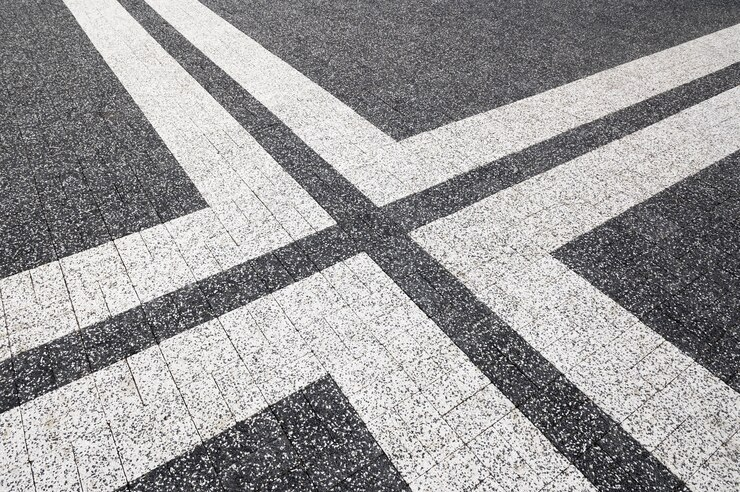Whether it’s for your driveway, patio or a chic, polished interior floor, concrete surfaces are attractive and durable choices. However, they are not immune to wear and tear, and they can get dirty like any other material. Dirt, stains, and damage can diminish the visual appeal of a concrete surface. It’s essential to know easy and practical ways to keep concrete surfaces clean and well-maintained to ensure their prolonged attractiveness and longevity.
Understanding Concrete Surfaces
Concrete is a versatile material composed of cement, aggregate (such as sand, gravel, or crushed rocks), and water. This combination forms a sturdy composite that is ideal for a wide range of applications, from constructing walls to creating durable flooring. Its affordability, durability, and adaptability make concrete a popular and practical choice in the construction industry. These qualities ensure that concrete remains a staple material, widely used in both residential and commercial projects.
Despite its renowned toughness, concrete is porous, meaning it can absorb liquids, leading to potential stains or damage if not properly managed. This porosity makes concrete susceptible to a variety of stains, including oil streaks, paint splotches, and even mildew or algae growth in damp conditions. Such stains not only mar the surface appearance but can also weaken the structural integrity over time. Proper maintenance and protective measures are essential to prevent these issues and preserve the concrete’s durability and visual appeal.
The Cleaning Process
Cleaning your concrete surfaces is not complicated. However, it needs to be done correctly to prevent unnecessary damage. For everyday cleaning, sweeping or vacuuming the area and mopping with warm soapy water is a viable strategy. This method would help remove dirt and minor stains. For troublesome stains, you might utilise commercial cleaners made specifically to target and treat concrete stains.
One of the most common problems that concrete owners face is oil stains, which can be particularly stubborn and challenging to remove. However, with persistence and the right approach, it is possible to clean them effectively. A highly recommended method involves making a paste from laundry detergent and water, which is then applied directly to the oil stain. Using a stiff-bristled brush, scrub the paste into the stain thoroughly to help break down the oil residue. After scrubbing, rinse the area with water and repeat the process if necessary to ensure the stain is completely removed.
Sealing the Surface
To further protect your concrete surfaces, consider applying a concrete sealer. A concrete sealer acts as a protective layer that prevents water absorption, reducing the risk of damage from moisture and environmental factors. By creating a barrier against water and other liquids, it helps decrease wear and tear, making the surface more resilient. Additionally, the sealer simplifies cleaning and maintenance, as it prevents stains and makes the surface easier to clean. Moreover, applying a sealer can enhance the concrete’s appearance by adding a glossy finish, which improves its aesthetic appeal and increases its longevity.
Routine Maintenance

Routine maintenance is just as crucial as reactive cleaning for preserving the integrity and appearance of concrete surfaces. Sweeping or dry mopping daily helps prevent the buildup of dirt and grit, which can act like abrasives and scratch or damage the surface over time. This daily upkeep is essential for maintaining the smoothness and finish of the concrete. Additionally, promptly wiping up spills and stains as soon as they occur can prevent them from setting in and becoming permanent.
Dealing with Special Concrete
Different types of concrete might require unique cleaning procedures. For example, polished concrete is treated with a densifier and mechanically polished with grinding tools. This work lends it a shiny aesthetic similar to natural stone but can be damaged by acidic or alkaline cleaners.
To clean a polished concrete floor, it’s best to use a neutral-pH cleaner along with the help of an auto-scrubber with pads designed for polished surfaces. Stained concrete, on the other hand, is susceptible to fading over time, especially if exposed to the sun. For stained concrete, it’s best to use cleaners that are specified for this type of surface and avoid any harsh or abrasive cleaning methods.
In conclusion, maintaining concrete surfaces in top condition requires a good understanding of the material and its unique properties. A few simple tasks incorporated into a regular routine can go a long way to keep your concrete surfaces spotless and looking their best for years to come. Make sure always to use the right cleaning products and opt to seal your concrete to provide that added layer of protection against staining and damage.
Understand that each concrete surface might require its unique method and specific care. When you keep these points in mind, the task of cleaning and maintaining your concrete surfaces becomes far less daunting. It will help your concrete areas embody practicality and durability while keeping things aesthetically pleasing.
Feature Image credit

Recent Comments